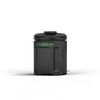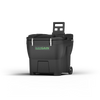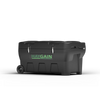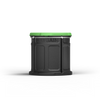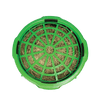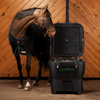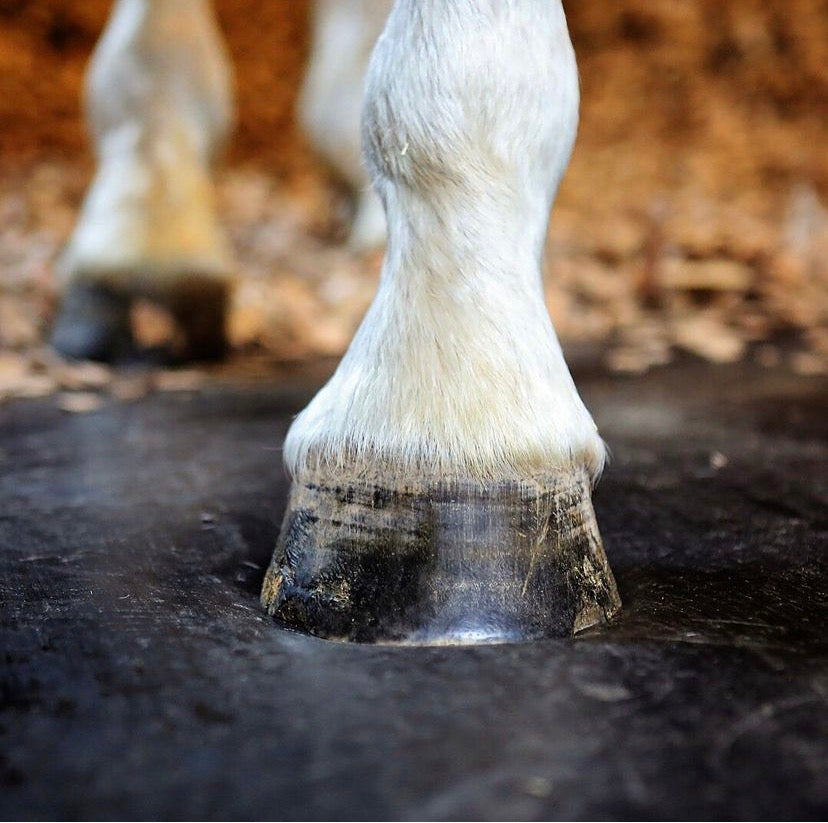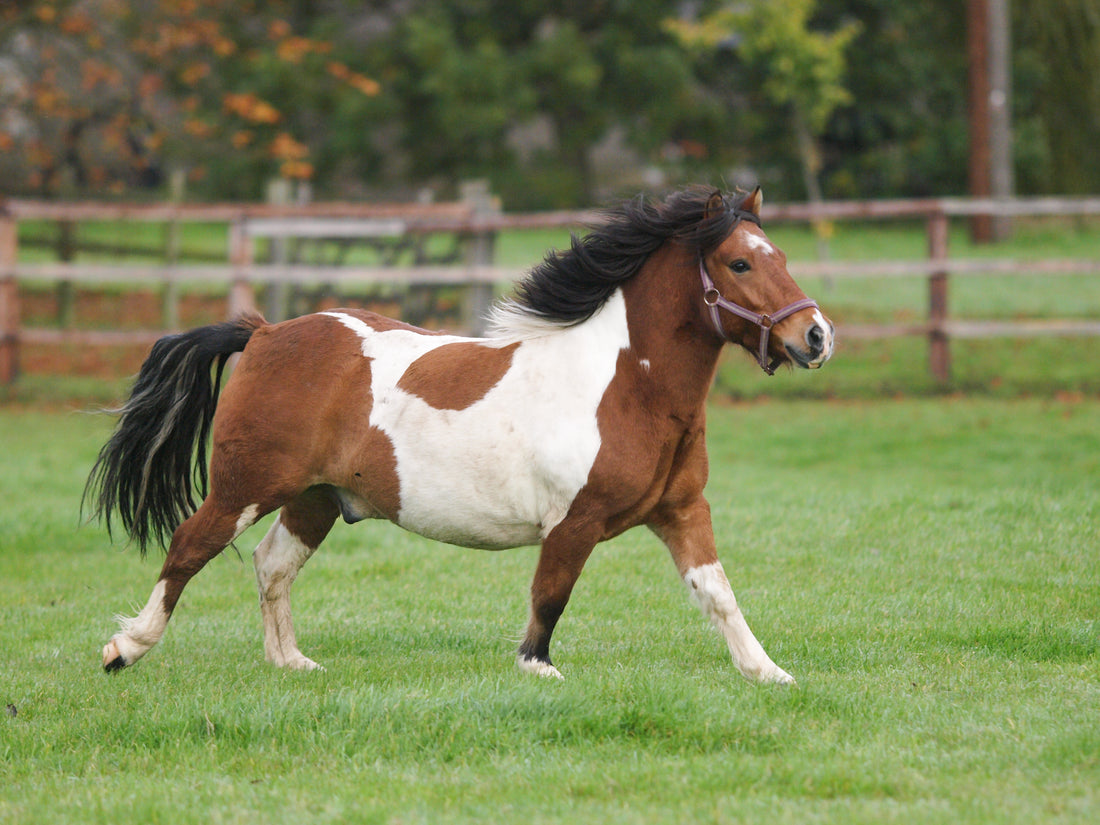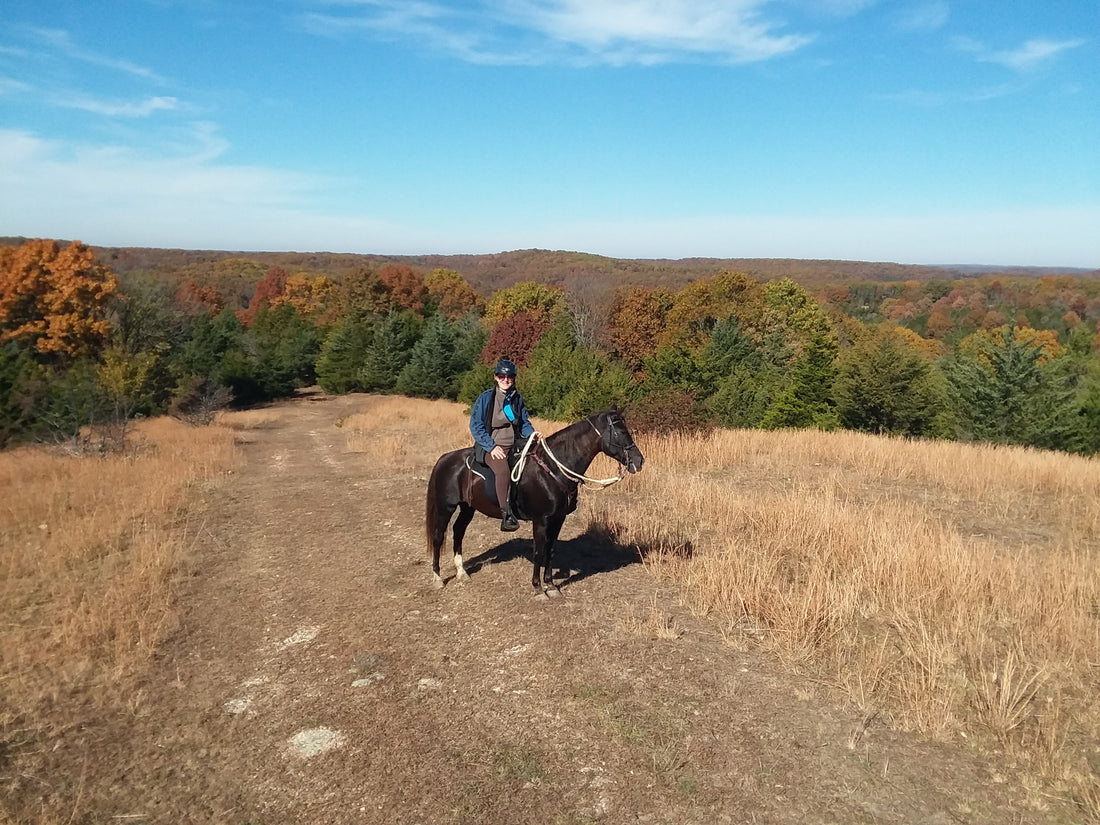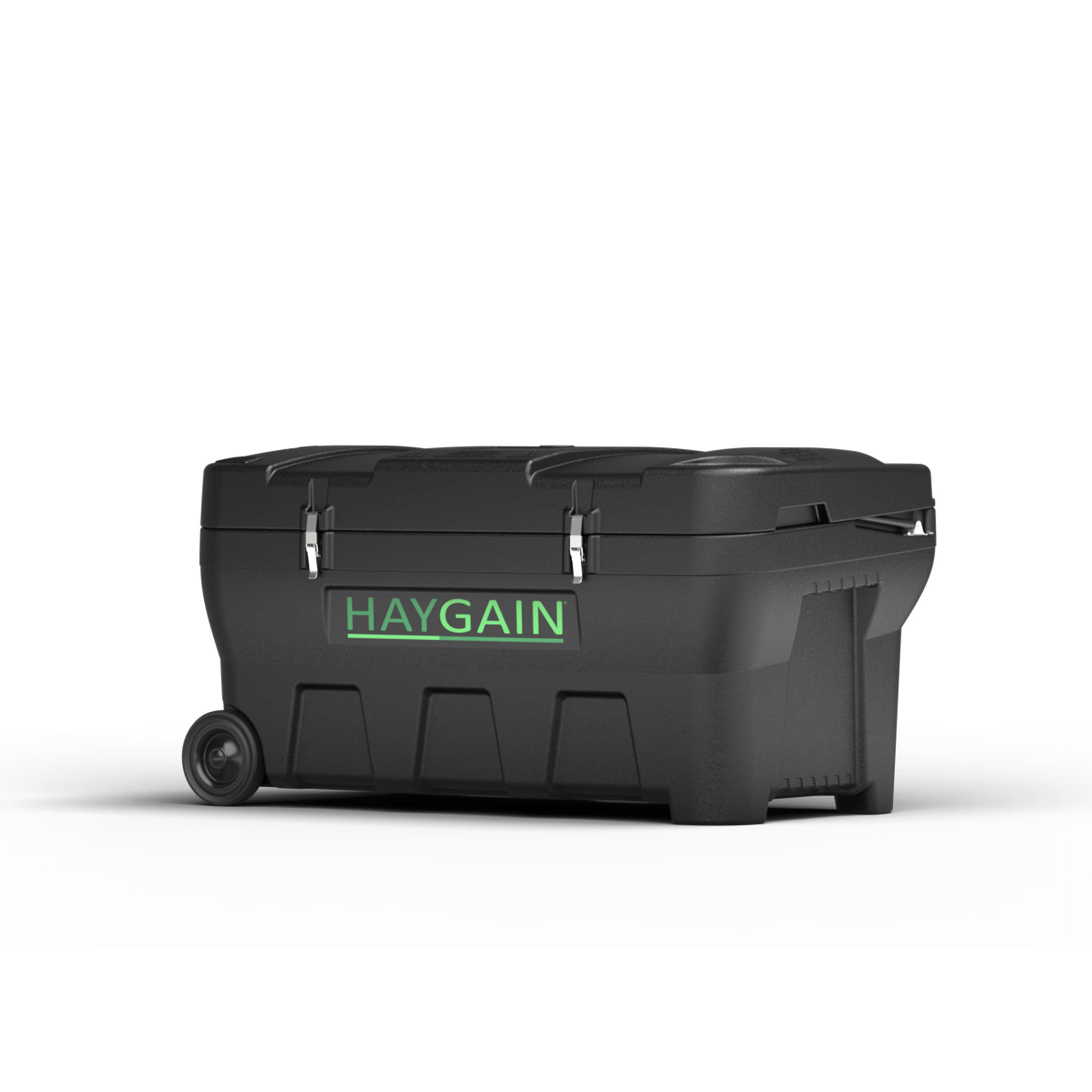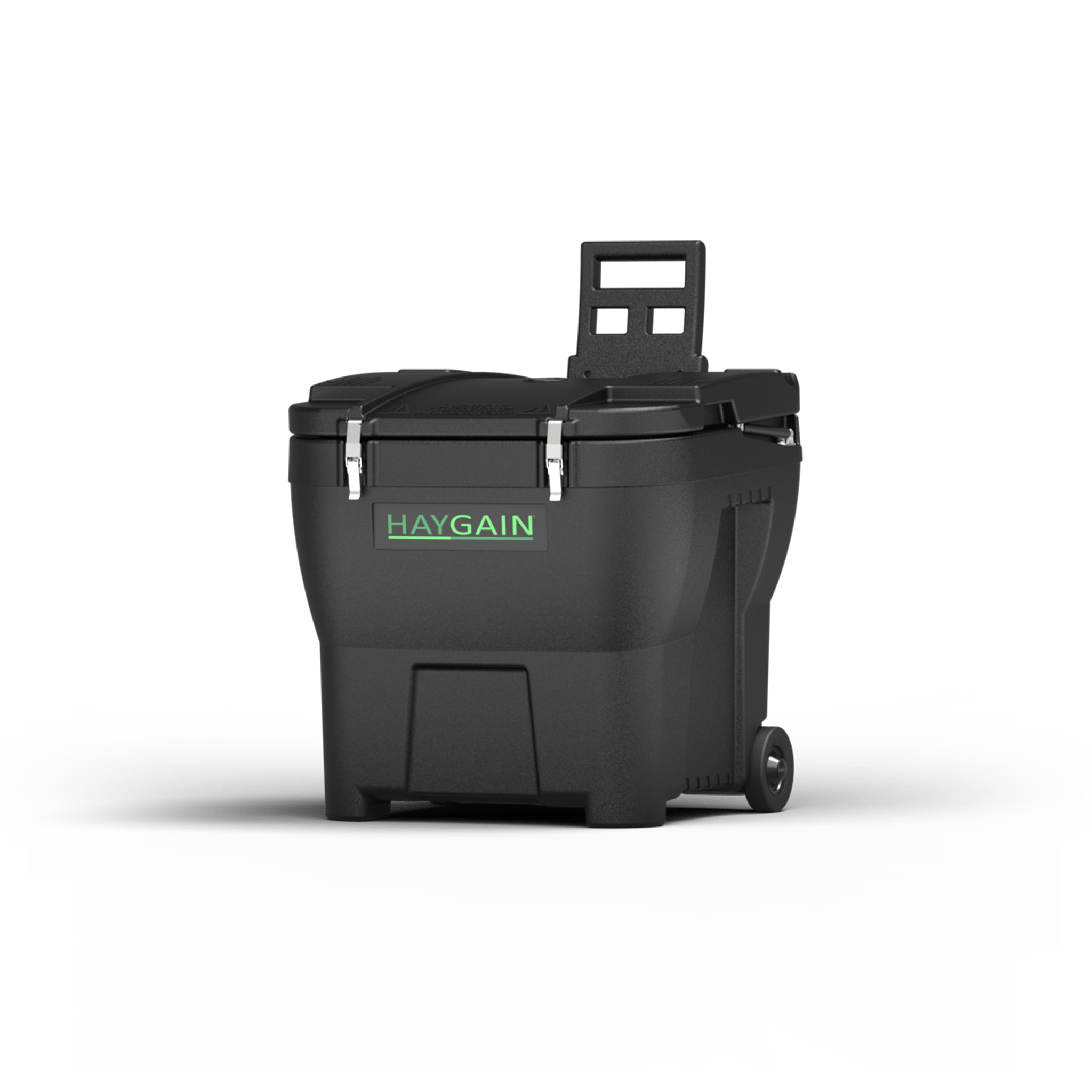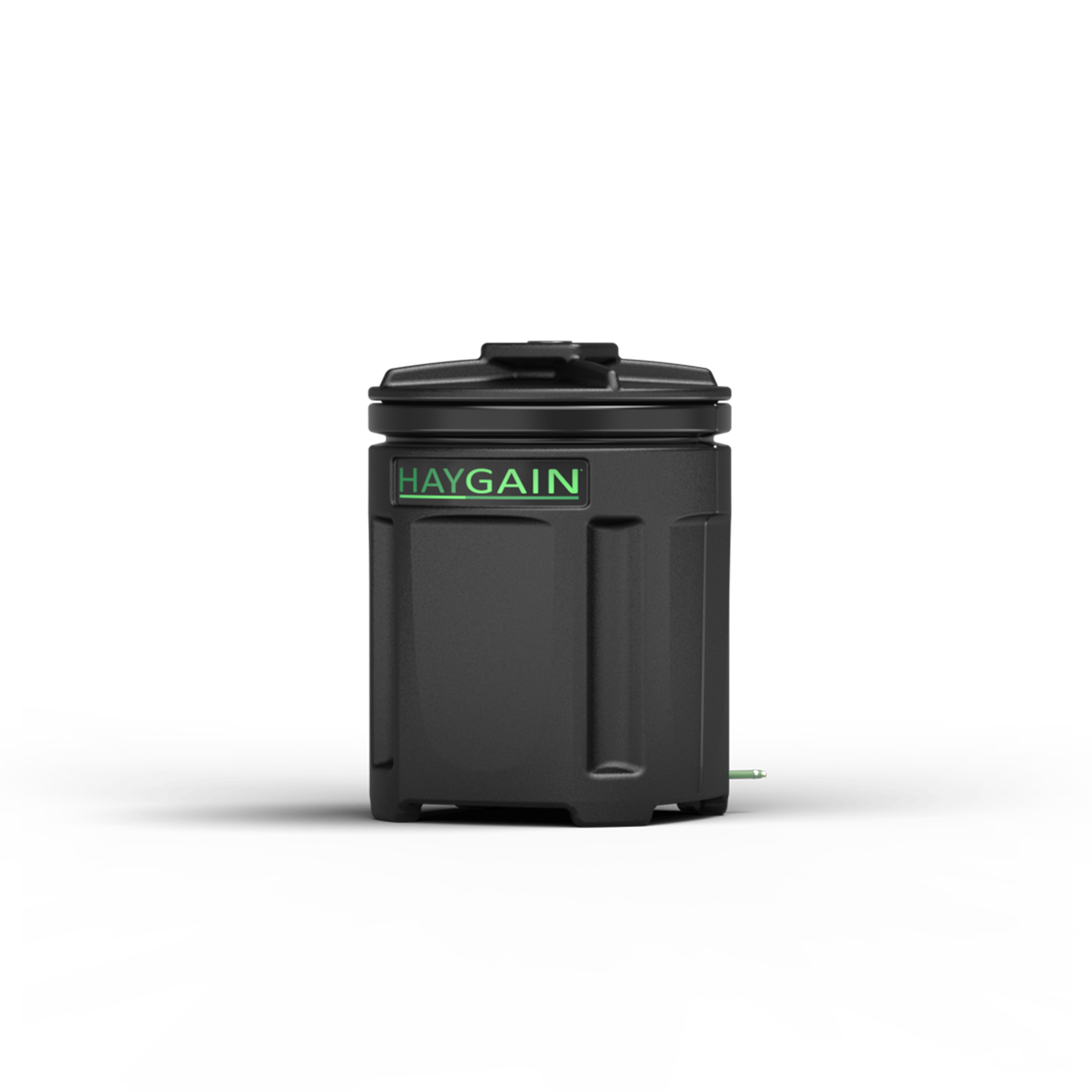20/01/2020
Ulcers in horses
Equine Gastric Ulcer Syndrome (EGUS) frequently referred to as gastric ulcers in horses is a common problem among domesticated horses. It is particularly prevalent in racehorses and elite competition horses, although they can be suffered by horses of all ages and types, especially if they have limited access to forage.
Prevalence of ulcers in horses
Studies indicate the prevalence of gastric ulcers is high:
93% of Race horses
63% of Performance horses
37% of Leisure horses (that’s a 1 in 3 chance of developing gastric ulcers!)
Foals are also at risk, one study found 50% of foals develop stomach ulcers, particularly in the first few months of life while another found 84% of pre-weaned foals had ulcers and 100% had ulcers after weaning..
Causes of ulcers in horses
Ulcers occur in the horse’s stomach when the digestive acids contact the stomach lining in the upper regions of the stomach. Unlike humans who produce acid only during meals, the horse’s stomach produces acid 24/7. This is why they need to eat throughout the day.
In a natural environment horses graze for up to 16-18 hours per day, the acidity of the stomach is reduced by forage passing through the stomach as well as by saliva which contains bicarbonate and is produced as the horse chews. If stabled horses have access to ad-lib forage (hay/haylage), this natural preventative process continues. But if they are fed high-concentrate diets with only limited access to forage, the acidity in the stomach increases.
Any period with low to no forage intake, either due to management practices or illness, leads to increased gastric acidity and a risk of ulcers. In addition, when horses exercise, the acidic fluid in the stomach splashes and exposes the upper, more vulnerable portion of the stomach (squamous mucosa).
How would you know if your horse had ulcers?
Well there’s a chance you wouldn’t! Most horses with gastric ulcers do not show obvious outward clinical signs. They have more subtle signs, such as:
- Poor appetite
- Dullness
- Attitude changes
- Decreased performance
- Reluctance to train
- Poor body condition
- Poor hair coat
- Weight loss
- Excessive time spent lying down
- Low-grade colic
- Loose droppings
More serious cases will show abdominal pain (colic) and/or grinding of the teeth. Some horses are found on their backs, commonly seen in foals, since this position seems to provide some relief from severe gastric ulceration. Others will walk away from food for a period of time as if they experience discomfort when the food first hits the stomach. It’s important to realise horses that look completely healthy can also have gastric ulcers.
Clinical signs of ulcers in foals include intermittent colic (after suckling or eating), frequently lying down, intermittent nursing (interrupted nursing due to discomfort), diarrhea, poor appetite, grinding of teeth, and excess salivation. When a foal exhibits clinical signs, the ulcers are likely to be severe and should be diagnosed and treated immediately. Foals that have infrequent or interrupted feeding or are lying down for long periods have been found to have lower gastric fluid, suggesting that milk has a protective effect.
Diagnosing ulcers in horses
The only way to conclusively diagnose ulcers is through gastric endoscopy, or gastroscopy, which involves putting an endoscope into the stomach and looking at its surface. This allows evaluation of the esophagus, squamous and glandular regions of the stomach, and proximal segment of the small intestine in horses. It helps adapting treatment and feeding management as these vary with the type of ulcers found.
Types of ulcers in horses
1. Squamous ulcers which affect the white top third of the stomach, and reflect increased acid exposure of the tissue. These are associated with changes in appetite, slowed eating and poor performance or changes in behaviour. Squamous ulcers occur with daytime forage deprivation, lack of access to water, high starch diets, pelleted feeds, straw feeding, intense exercise, change in housing, transport, and lack of daily horse-horse contact.
2. Glandular ulcers affect the pink bottom 2/3 of the stomach, especially the last 1/3 called the antrum. Ulcers form slowly and occur when the mucus coat that protects glandular tissue from acid fails. The clinical signs are more variable and non-specific. The mechanism of failure of the mucus coat is unknown, but it is likely that several different causes such as coarse alfalfa, straw bedding, drugs or plants and bacteria contribute to this failure.
Treating ulcers in horses
Treatment usually involves omeprazole which is very effective for treating squamous ulcers but less effective at treating glandular ulcers.
Dietary and lifestyle management need to be reviewed and where possible improve access to clean steamed forage for long term relief.
How and what to feed a horse with ulcers
Go back to basics and make sure there is constant access to fresh water and plenty of clean forage in the diet. Using a Haygain hay steamer ensures hay is free from bacteria and fungal spores. Providing access to forage for the majority of the time can be difficult when horses eat their ration much quicker than if they were roaming around looking for it. .
1. Squamous ulcers which affect the white top third of the stomach, and reflect increased acid exposure of the tissue. These are associated with changes in appetite, slowed eating and poor performance or changes in behaviour. Squamous ulcers occur with daytime forage deprivation, lack of access to water, high starch diets, pelleted feeds, straw feeding, intense exercise, change in housing, transport, and lack of daily horse-horse contact.
2. Glandular ulcers affect the pink bottom 2/3 of the stomach, especially the last 1/3 called the antrum. Ulcers form slowly and occur when the mucus coat that protects glandular tissue from acid fails. The clinical signs are more variable and non-specific. The mechanism of failure of the mucus coat is unknown, but it is likely that several different causes such as coarse alfalfa, straw bedding, drugs or plants and bacteria contribute to this failure.
Treating ulcers in horses
Treatment usually involves omeprazole which is very effective for treating squamous ulcers but less effective at treating glandular ulcers.
Dietary and lifestyle management need to be reviewed and where possible improve access to clean steamed forage for long term relief.
How and what to feed a horse with ulcers
Go back to basics and make sure there is constant access to fresh water and plenty of clean forage in the diet. Using a Haygain hay steamer ensures hay is free from bacteria and fungal spores. Providing access to forage for the majority of the time can be difficult when horses eat their ration much quicker than if they were roaming around looking for it. .
Photo credits: Equine Sports Medicine Practice
References:
Murray MJ, Grodinsky C, Anderson CW, Radue PF et al. Gastric ulcers in horses: A comparison of endoscopic findings in horses with and without clinical signs. Equine Vet J 1989; 7 (suppl): 68-72.
Mitchell RD. Prevalence of gastric ulcers in hunter/jumper and dressage horses evaluated for poor performance. In: Proceedings of the Association of Equine Sports Medicine Annual Meeting 2001.
Nieto JE, Snyder JR, Beldomenico P, Aleman M, Kerr JW, Spier SJ. Prevalence of gastric ulcers in endurance horses - a preliminary report. Vet J 2004 Jan; 167 (1): 33-37.
Murray MJ et al. Factors associated with gastric lesions in Thoroughbred racehorses. Equine Vet J 1996; 25 (5): 368-374.
Mcclure, Scott & Glickman, Larry & W Glickman, N. (1999). Prevalence of gastric ulcers in show horses. Journal of the American Veterinary Medical Association. 215. 1130-3.
TRENDING ARTICLES
-
BEFORE YOU GO
Get the Haygain Newsletter
Subscribe for the latest news, health advice, special offers and competitions. Fill out the form at the bottom of this page.
